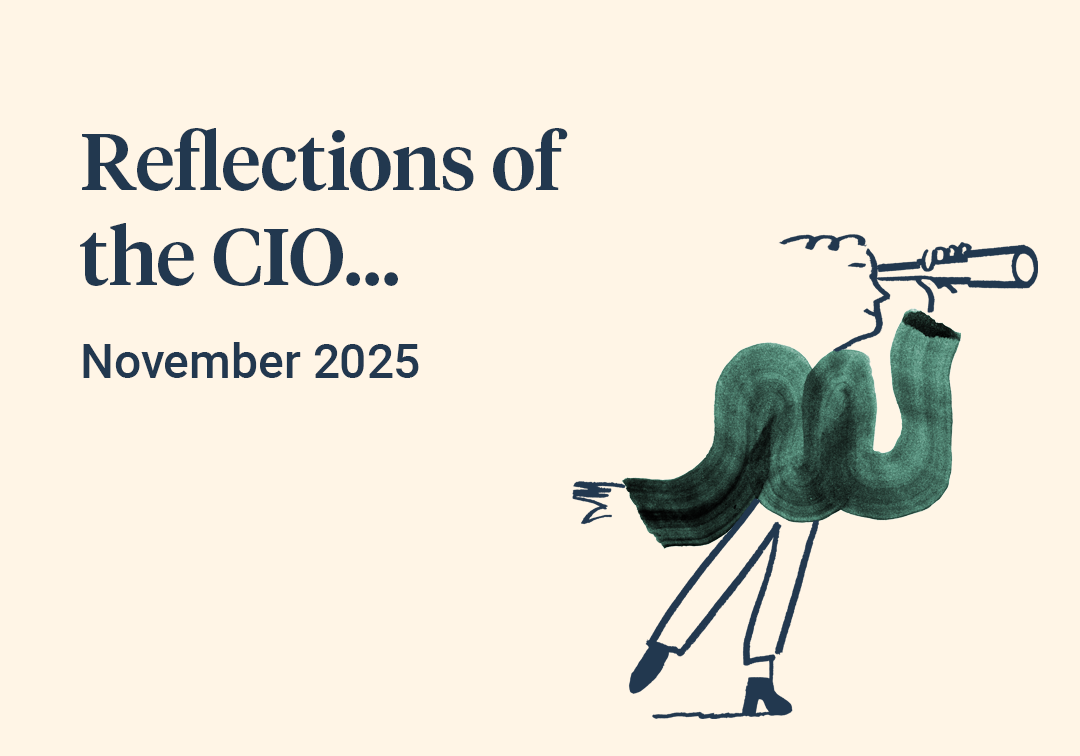What is a recession?
Before we discuss how to recession proof a portfolio, let’s define what we mean by a recession. Technically, a recession is defined as two successive quarters of negative GDP growth (the total of all goods and services produced in a country). However, recessions are more broadly defined by a collection of characteristics; rising unemployment, falling real incomes and, at the corporate level, declining sales and production. The reason a slightly broader definition is required is, over the last six months, we have seen two consecutive quarters of negative GDP growth in the USA, but other economic readings are so strong policymakers have determined it not to be in recession.



